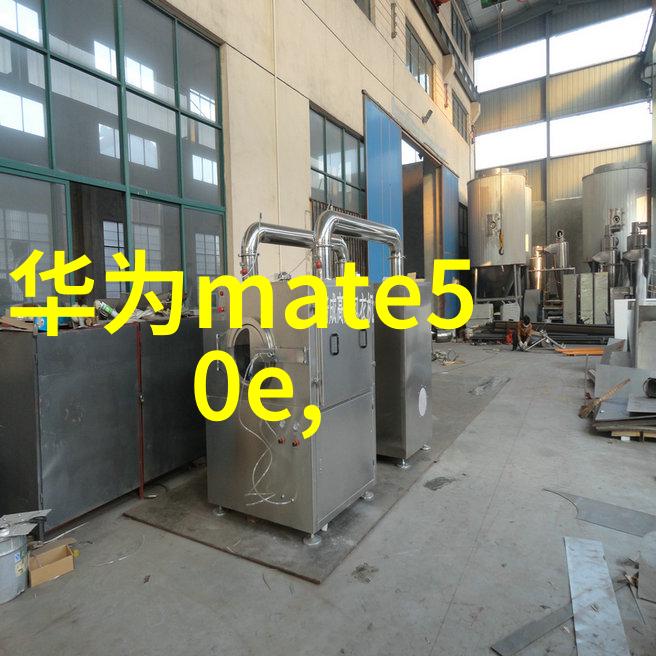
反应器的结构组成揭秘化学合成的关键要素
在化学工业中,反应器是实现各种化工过程的核心设备,它们通过控制温度、压力和流体动力学等条件来促进化学反应。一个高效、安全且经济的反应器设计不仅能够提高产品质量,还能降低生产成本。因此,对于任何一种新的化工过程来说,首先要进行的是对所需使用的反应器进行设计和选择。

1. 反应器类型与作用
根据其工作原理和应用领域,可以将反应器分为多种类型,如固定床reactor(如管式reactor)、流动床reactor(如搅拌罐)以及混合床reactor等。在这些不同的型号中,每种都有其特定的优势和适用场景,因此,在选择合适的reaction equipment时,需要考虑到所需执行的具体化学工程任务及其特殊要求。

2. 反应器结构组成
反思了上述关于不同类别of reaction equipment后,我们可以深入探讨每个单独部分如何构建以支持chemical reactions。一个典型的reaction vessel通常包括以下几个主要部分:

容积部:这是最基本也是最重要的一部分,它直接决定了处理量大小及操作灵活性。

底板:提供稳定支撑整个装置,同时可能包含一些用于冷却或加热系统。
侧墙:保护内部环境免受外界干扰,并确保安全操作条件。

顶盖:承载必要安装件,如连接管道、阀门及其他配件。
内胆/隔膜层(如果存在):在某些情况下,以防止物质间相互影响或为了更好地控制混合效果而设置。
3. 设计参数与优化策略
对于any chemical reactor system,其有效运行依赖于几个关键参数,这些参数必须被精细调整以达到最佳状态。这包括但不限于:
温度管理
控制剂温差,以避免过热导致危险爆炸或者过冷引发慢速反应
保持恒温,使得所有参与物料处于同一温度范围内,从而保证均匀催化速度
流体管理
管道尺寸与形状选择,以保持最佳流量率并减少能耗
使用循环系统回收废气,节约资源并减轻环境负担
这就意味着在实际工程实践中,不同类型and size of reactors需要针对性地设计以满足特定需求。此外,由于不断发展新技术new designs and optimization methods are continually being explored to improve the efficiency, safety, and cost-effectiveness of reaction systems.
4. 结论
综上所述,了解chemical reactors' structural composition is a crucial step in designing and selecting the appropriate equipment for specific industrial applications. By understanding the various components that make up a typical reactor, engineers can better optimize their design to achieve desired results while minimizing potential risks and costs.
As new technologies emerge and our understanding of chemical processes deepens, it's essential for industry professionals to stay abreast of advancements in reactor design and optimization strategies to ensure continued innovation in this field.
With an eye toward future developments in reaction technology, we can confidently assert that by grasping the fundamental principles governing reactor structure composition, we can unlock new possibilities for efficient, safe, and sustainable chemical synthesis on a global scale.




